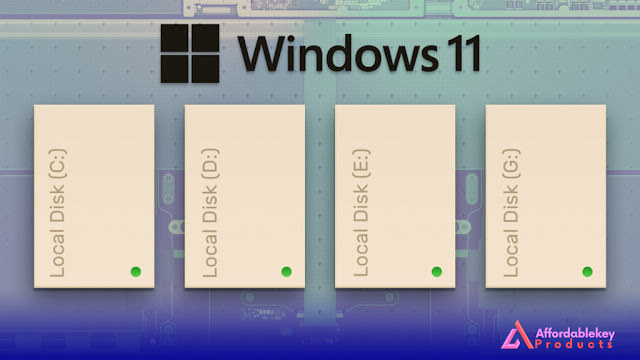What's Changed with Microsoft Office in Windows 11 Enterprise?
Microsoft Office has been a widely used tool in workplaces globally for decades 🌍. It offers essential features for collaboration and productivity 💼. Recently, with the release of Windows 11 Enterprise, Microsoft has brought significant improvements to its Office suite 🚀. The goal was to align it with the new operating system's features and enhance the user experience 🙌. In this article, we will explore the key changes and updates that Microsoft has made to Office in Windows 11 Enterprise 🔍.
Windows 11 Enterprise introduces a new design language called "Sun Valley". It features rounded corners, minimalist aesthetics, and subtle animations. The updated design language is now integrated into Microsoft Office applications such as Word, Excel, PowerPoint, and Outlook. This new design language offers a visually appealing and seamless experience for users, making it easier to navigate and work within the Office applications.
Windows 11 Enterprise and Microsoft Office are designed to work together seamlessly. They share features like "snap layouts" which allow users to organize open windows and applications more efficiently. Additionally, Office applications can take advantage of the new "Widgets" feature in Windows 11, providing quick access to important information, calendar events, and tasks directly from the desktop.
Microsoft has made significant improvements in the performance of Office applications in Windows 11 Enterprise. These improvements include faster startup times, reduced memory usage, and smoother overall performance. Users will notice more responsive and efficient behavior when working with large documents or complex spreadsheets.
Collaboration has become increasingly important in today's workplace, and Office in Windows 11 Enterprise has received updates to facilitate teamwork. Features like "real-time co-authoring" have been improved for better synchronization and responsiveness. Microsoft Teams integration is now more seamless, making it easier for users to schedule and join meetings directly from within Office applications.
Microsoft's Fluid Framework is a groundbreaking technology that enables dynamic and collaborative content creation across various Office applications. It has been further integrated into Office, allowing users to create interactive, real-time documents that can be shared and edited collaboratively. This innovation enhances the way teams work together and share information.
Security is a top priority for enterprises, and Windows 11 Enterprise includes several enhancements to protect sensitive data. Office applications have also benefited from these security updates, with improved encryption, threat protection, and data loss prevention features. Users can confidently work with sensitive information, knowing that their data is better safeguarded.
Accessibility options, such as improved screen readers, voice commands, and keyboard shortcuts, make Office applications more usable for individuals with disabilities. These changes reflect Microsoft's commitment to inclusivity and ensuring that Office is accessible to all users.
Microsoft has shifted its Office suite to a subscription-based model, known as Microsoft 365. This model provides continuous updates and access to the latest features, ensuring that users always have the most up-to-date and secure Office experience.
In conclusion, Windows 11 Enterprise brings a host of improvements and changes to Microsoft Office, enhancing its usability, performance, and security. With a unified design language, deep integration with Windows 11 features, and a focus on collaboration and accessibility, Office in Windows 11 Enterprise is designed to meet the evolving needs of modern workplaces. Whether you're a long-time Office user or a newcomer, these updates promise to make your productivity and collaboration experiences even better.



%20product%20keys_.jpg)


